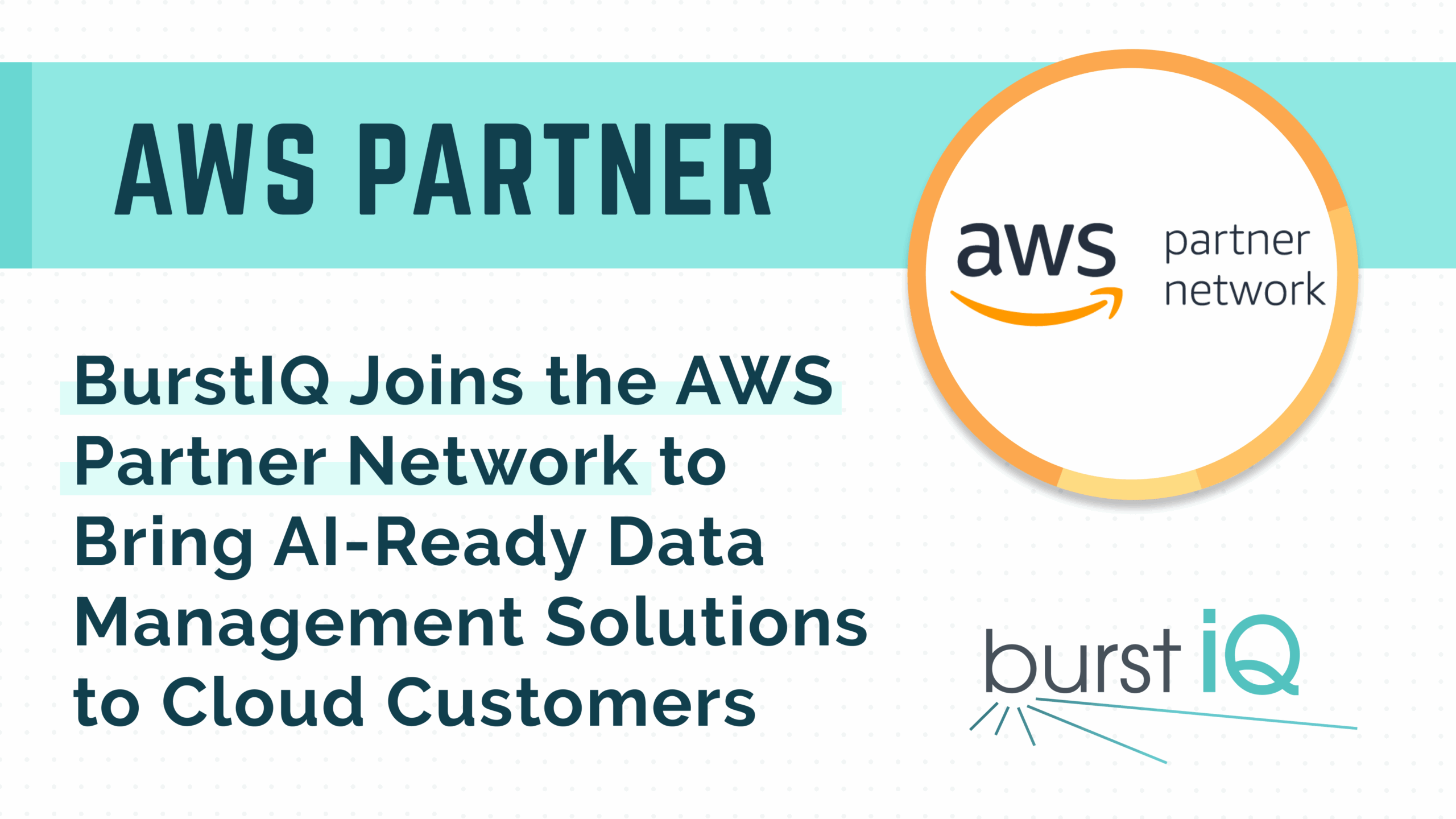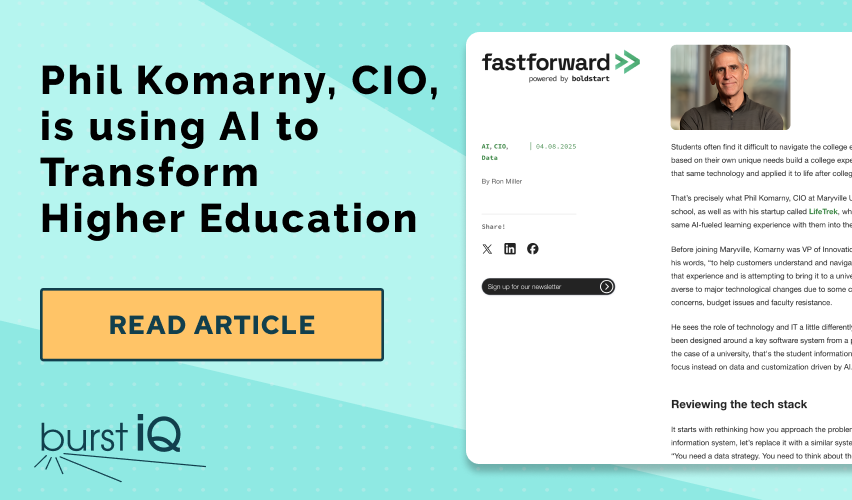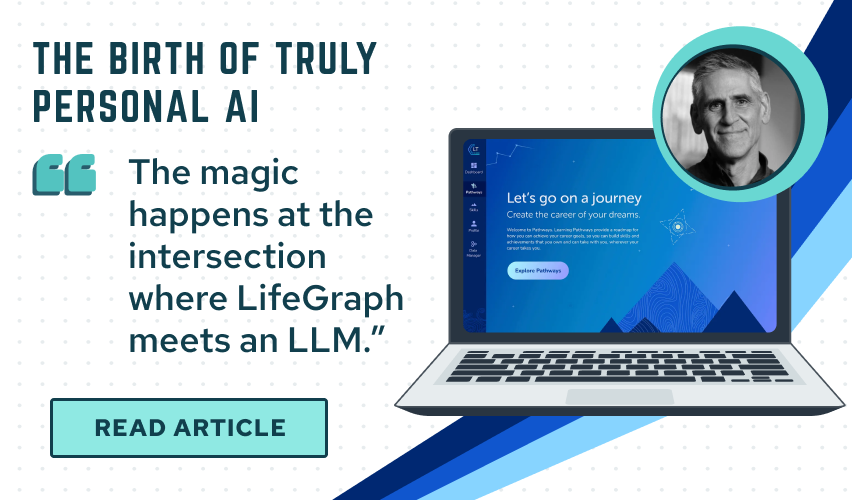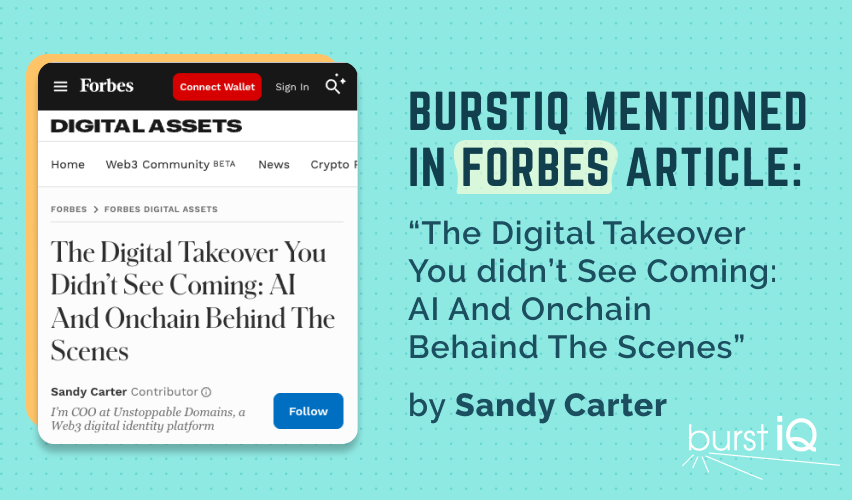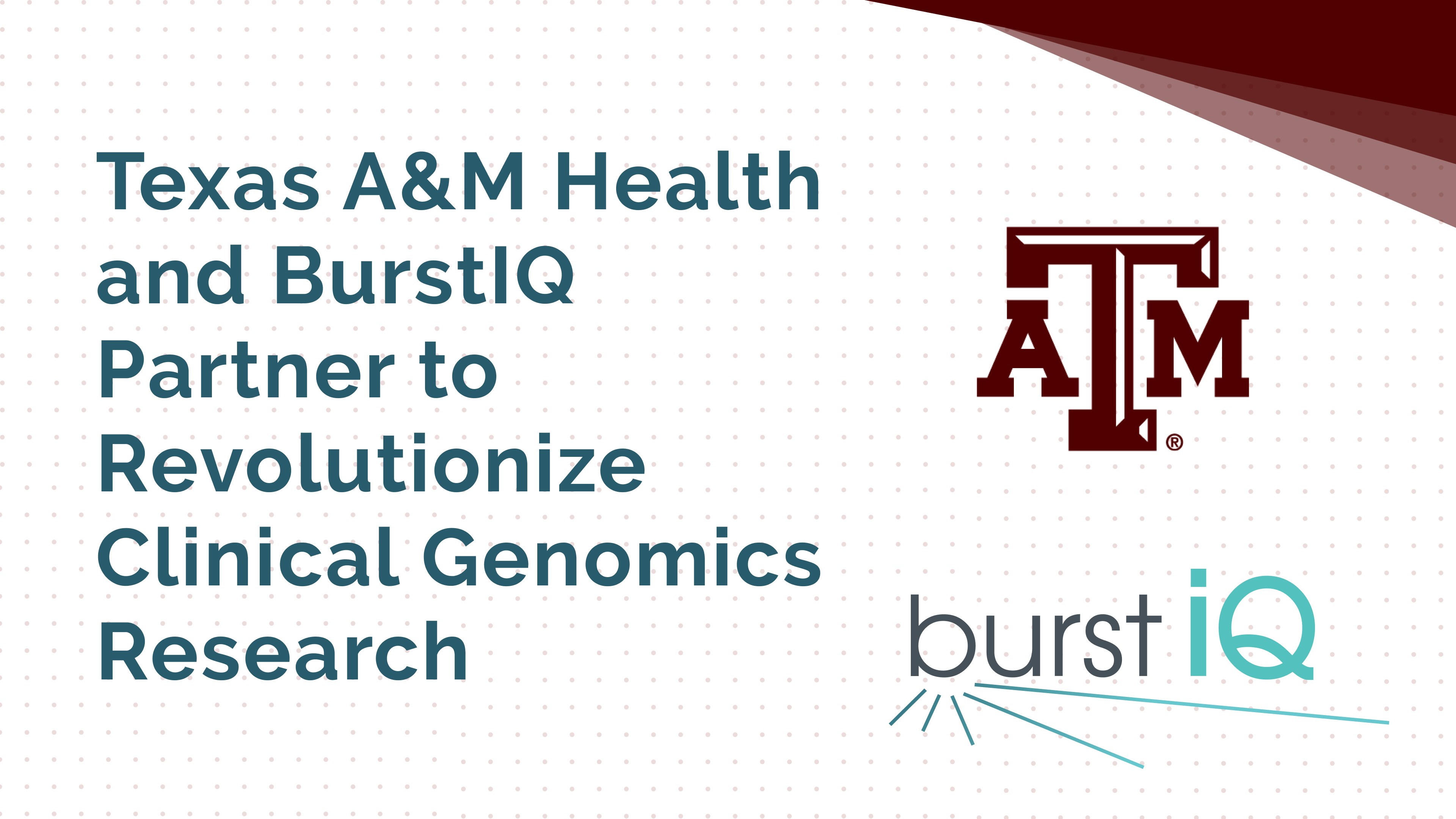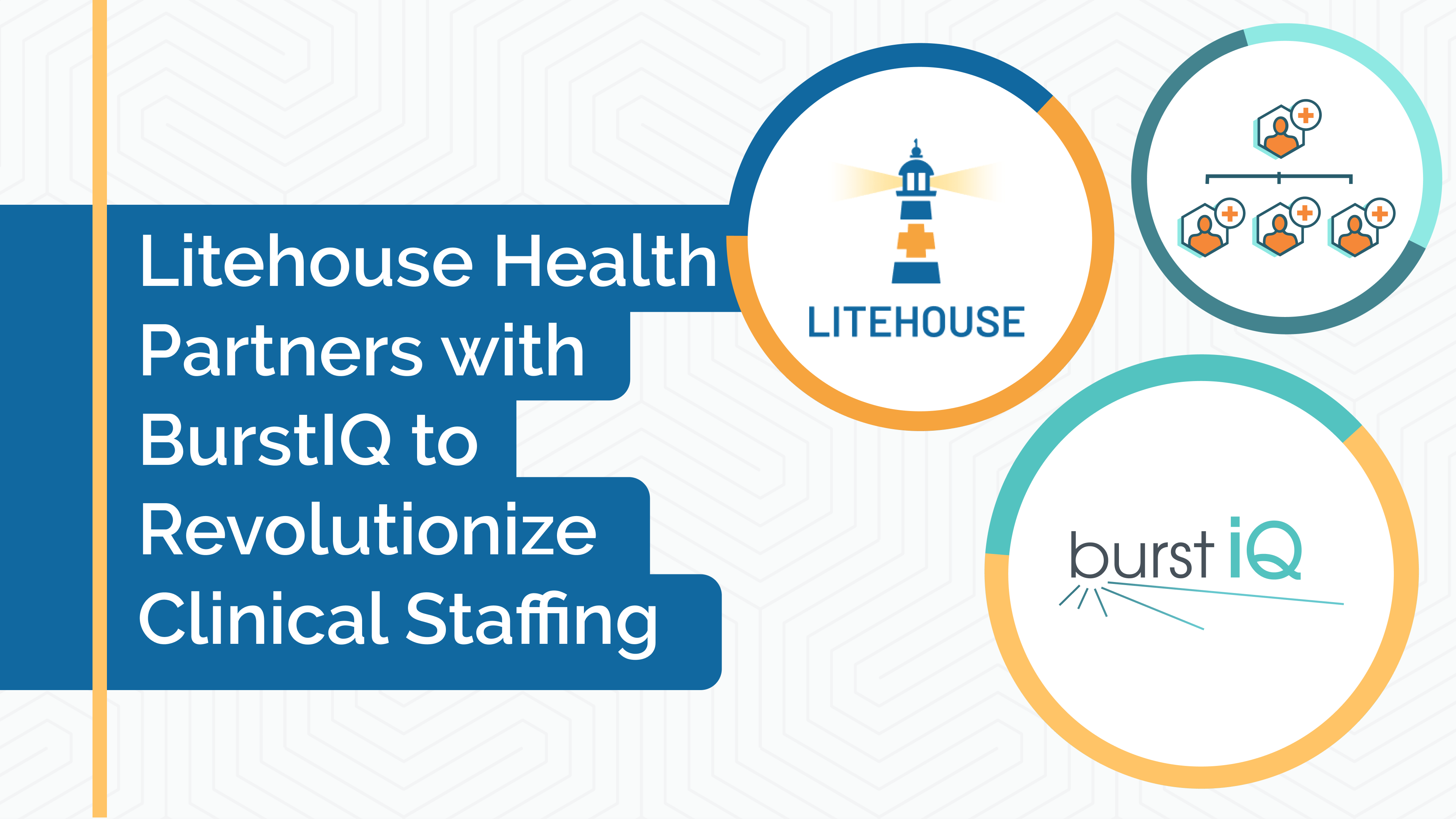How BurstIQ Provided A Lifeline For The Healthcare Industries During The Covid-19 Pandemic
The COVID-19 pandemic thrust unparalleled burdens on modern healthcare systems, yet industry stakeholders responded with resilience, rearranging priorities to accommodate needs for telemedicine, coordination of staff and bed capacity, and mass-scale testing and vaccine infrastructure. Companies like BurstIQ found themselves in a unique position; they were able to leverage existing big data management infrastructure to provide an efficient way to share patient data with each other, to establish treatments, and even cures – all in support of healthcare moving to the edge.
Big Data Transforming Healthcare Post Pandemic
Emerging technologies have positioned the healthcare industry to operate successfully in a more person-centric world, but that means data transfers must be instantaneous, so collaborations are in real time, compliant, so they meet security demands, and fluid, so authorization is controllable. This criteria was more widely enforced when the pandemic posed a challenge against time, as it allowed data to be collected and shared quickly, yet securely. While the pandemic initially helped to reveal this opportunity, increasing demands proved a need for a decentralized scalable solution that can handle large data transfers in the future, pushing healthcare and its data to the edge.
BurstIQ’s Solution
The shift towards the edge corresponds with growth of new solutions that are designed to bring health services directly to people. Telemedicine allows patients to connect remotely with providers, pharmaceutical companies use digital therapeutics to stay engaged with patients, and direct-to-consumer diagnostic products provide more information about personal health without direct physician involvement.
BurstIQ already had the HIPAA-compliant infrastructure needed to enable the sharing of patient-level COVID-19 data, so they built a collaborative research platform, called Research Foundry, that grew into a global community of over 200 researchers, doctors, developers, and enterprises ━all dedicated to building the next generation of connectivity in healthcare.
With instant data transfers among healthcare departments being a vital ingredient in the battle to vaccinate over 164 million people by the start of August 2021, Research Foundry’s big data management capabilities have played a monumental role for many healthcare teams on both a niche and global scale. While primarily used as a tool to confidently share data and research, it unlocks potential for others to accelerate the pace of discovery outside of the pandemic and the virus.
The LifeGraph Network
Powered by Research Foundry, BurstIQ’s SaaS platform was expanded into a global network known as the LifeGraph® Network. In addition to facilitating seamless data collaborations between people, its advanced integration of AI systems provided the extra layer of privacy and data security needed to evolve this method of data sharing.
The demand for computing power in the healthcare sector has grown at a rapid pace, with big data and ownership moving away from a centralized situation towards cloud-based operations that enable connections across millions of devices for optimal performance and instantaneous data transfers. Throughout the pandemic, this expedited solution has been the driving force behind world-class patient care, faster vaccine developments, and research.
LifeGraph Network integrates blockchain and advanced machine learning to create smart data systems that transcend the limits of traditional big data management infrastructures. Data owners have full control over who is granted access to datasets while also determining what info is made available. Likewise, authorization can instantly be revoked where required.
Moving to the Edge
According to Business Insider, the number of mobile phones, wearables, and other connected devices is expected to exceed 40 billion by 2027, and advancements in chip technology means these IoT devices are now complex data processing machines that harvest, analyze, and share massive amounts of data. IoT devices capture data about movements and behavior patterns and enable patient control, supporting that the growth of IoT is shifting data to the edge.
Even regulations are moving to the edge. The General Data Protection Regulation (GDPR) and other similar regulations require companies to provide people with direct data ownership and control. Instead of connecting a few big systems and managing a few data access roles, organizations now need to connect millions of devices, applications, and users ━ each with different access rights. This level of connectability can only be achieved with secure, smart technology and data support.
Forecast for Future
A personalized approach to patient care is going to shift the industry to be more approachable and accessible. Supporting technologies are working hard to ensure a secure way to operate in this new person-centric environment, and companies like BurstIQ are working hard to implement those technologies in real-time. With consistent collaboration between industry professionals and technology, the future of healthcare is going to thrive from, but also depend on interoperability, just more evidence that the industry is moving to the edge.
Multi-Sided Data Transfers
Two-sided marketplaces have become a feature in many industries, traditionally seeing producers and consumers interact from opposite sides via a marketplace operator. It happens in the healthcare sector too with examples of data exchanges including Health information exchanges (HIEs), payer-to-payer data exchange consortiums, immunization registries, research networks, and benefit marketplaces.
Given the sensitive nature of patient-level data, along with the fact that 599 data breaches in the healthcare field were recorded in 2020, multi-sided data transfers require an additional layer of security to protect all parties involved. This has been a major challenge throughout the Covid-19 pandemic, but BurstIQ’s HIPAA-compliant and ultra-security facilities have kept medical teams and researchers protected while simultaneously delivering diverse data, endpoints, and fluid solutions.
Smart data has enabled smart implementations for healthcare and life sciences. Telemedicine, which enables interactions between a doctor and home-based patient, and digital therapeutics for pharmaceuticals are just two examples. When combined with direct-to-consumer diagnostics, healthcare facilities have been able to maintain their exceptional standards to non-Covid patients without putting them in potentially dangerous scenarios. Likewise, it has subsequently supported medical teams that have needed to dedicate more time to finding the best responses to the evolving challenges posed by the pandemic.
Read the original article on Among Tech
